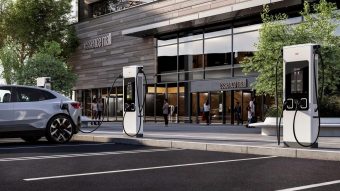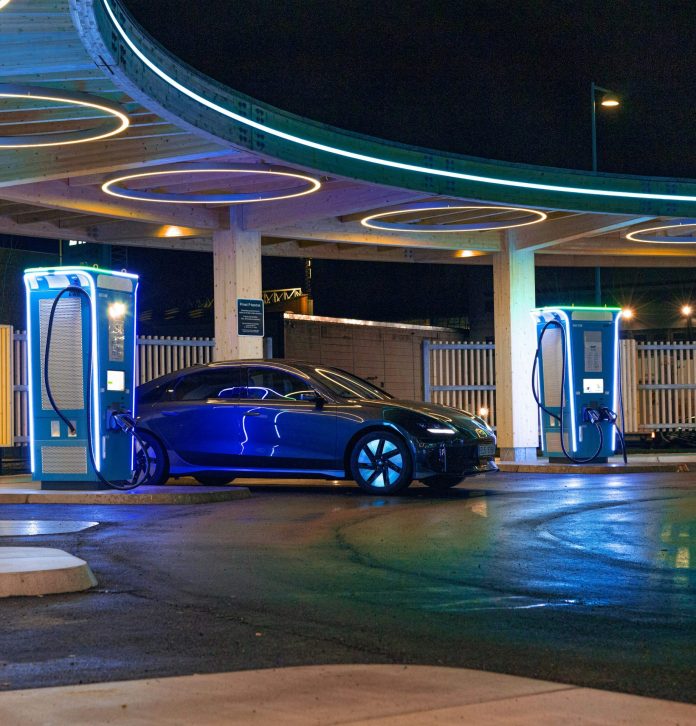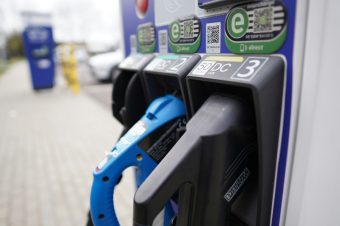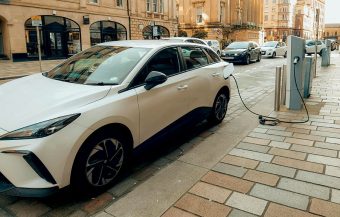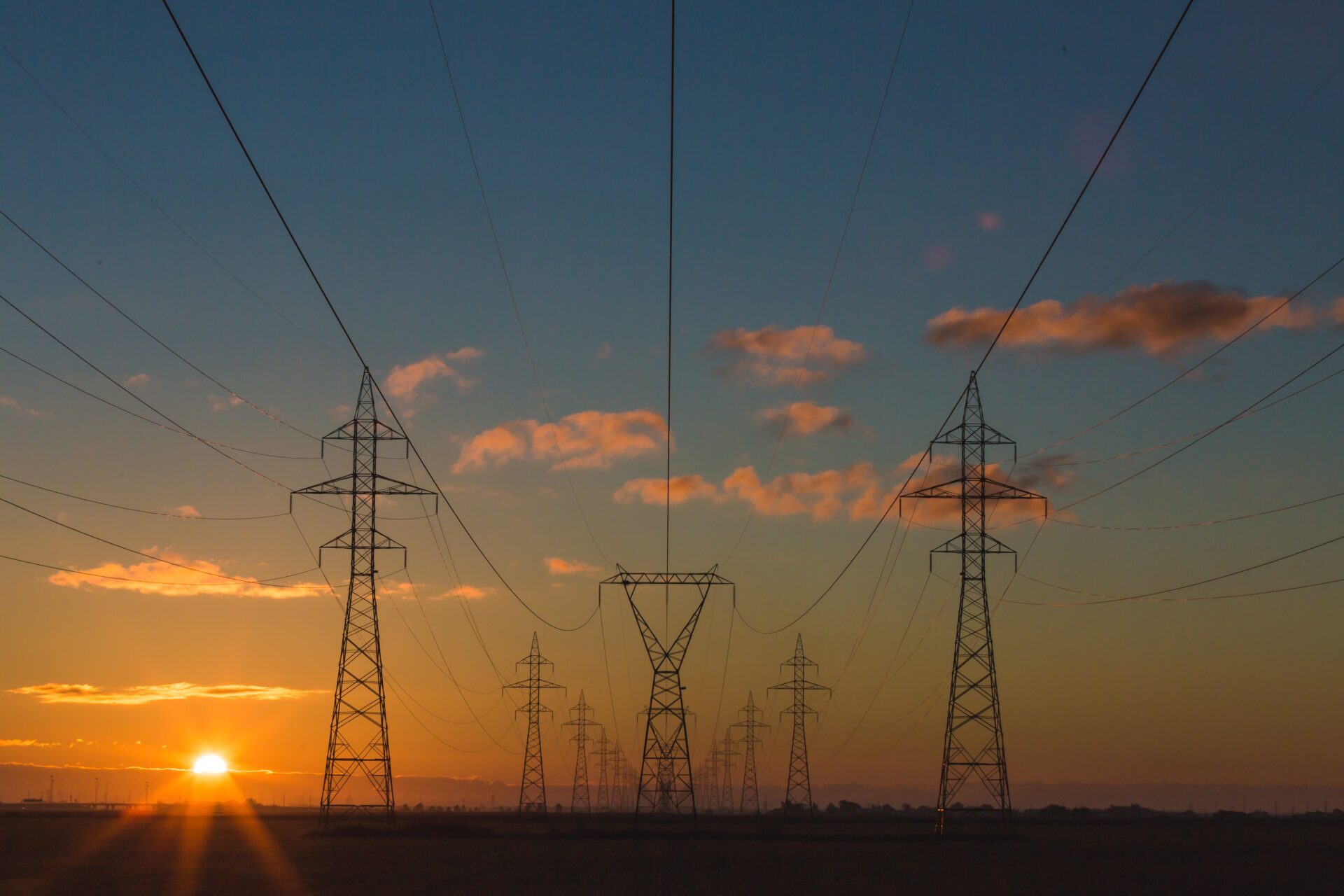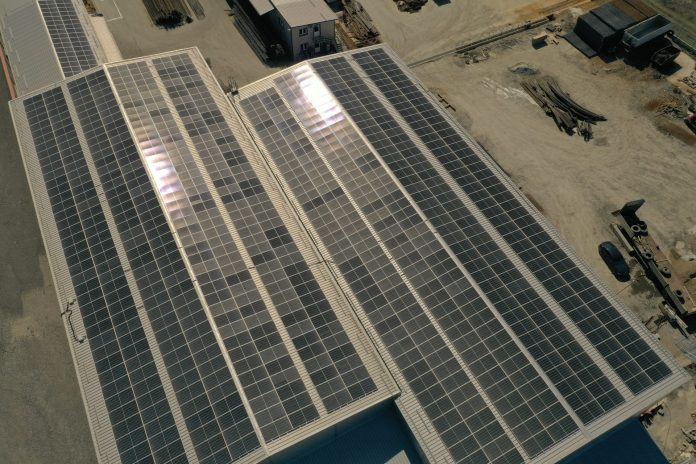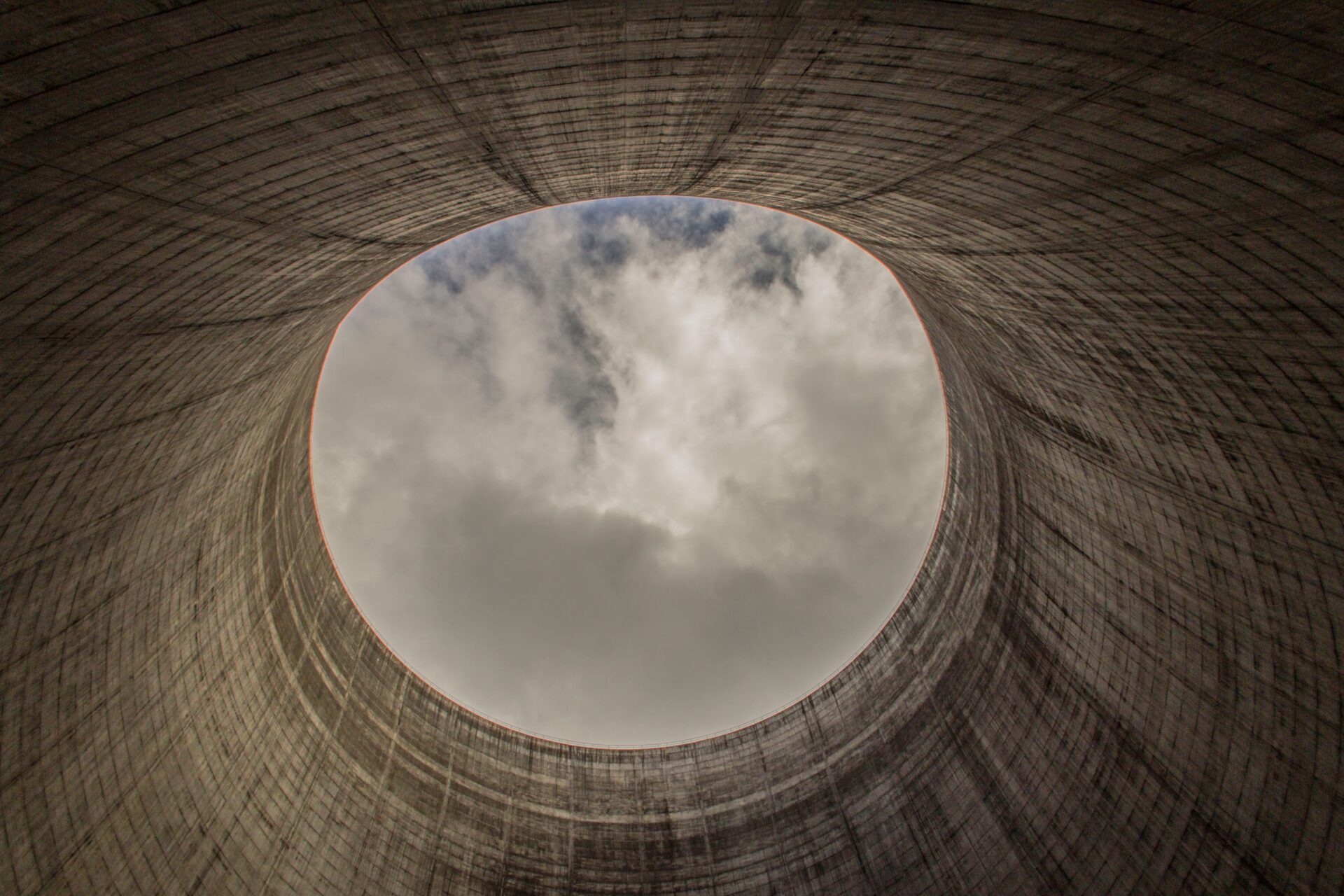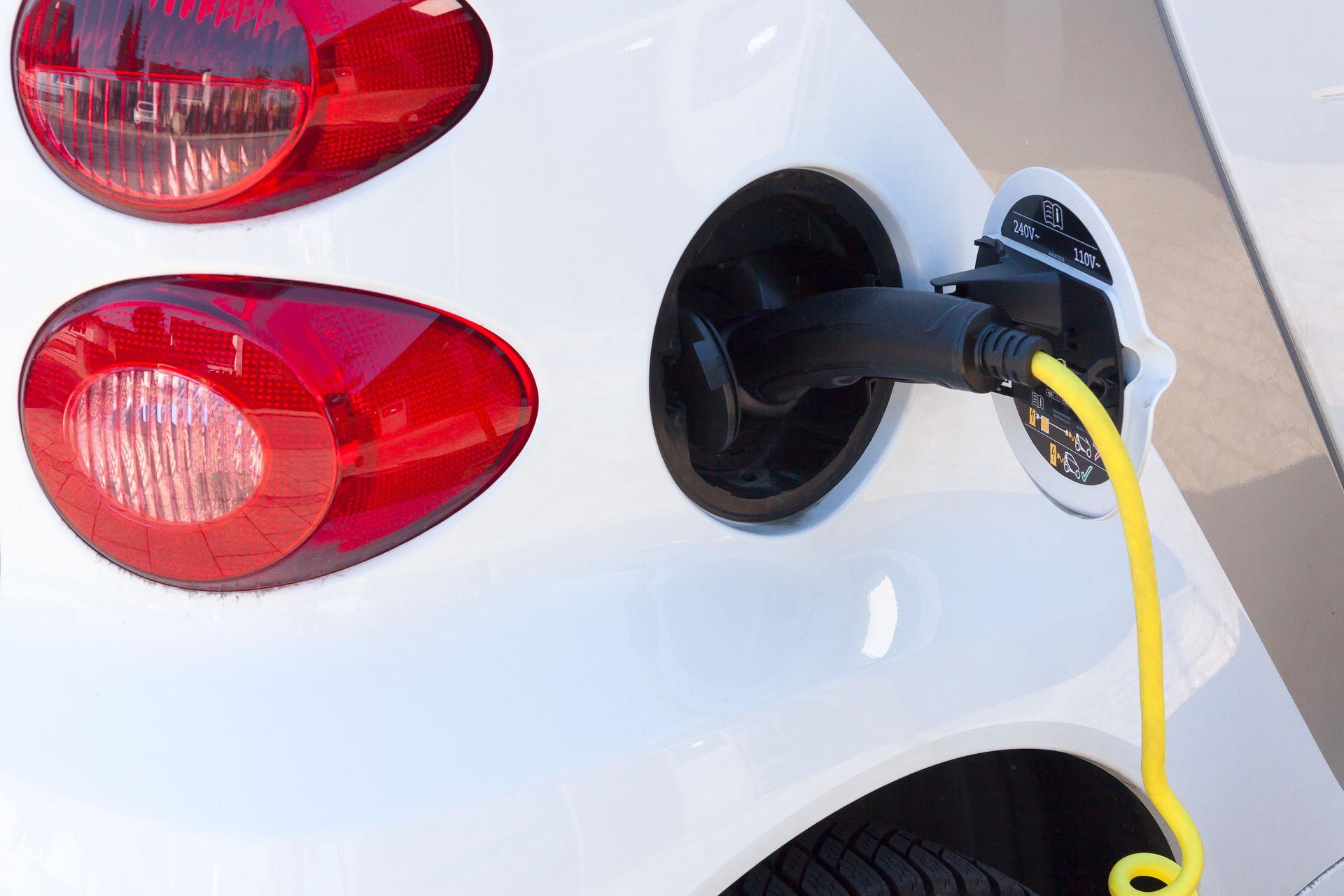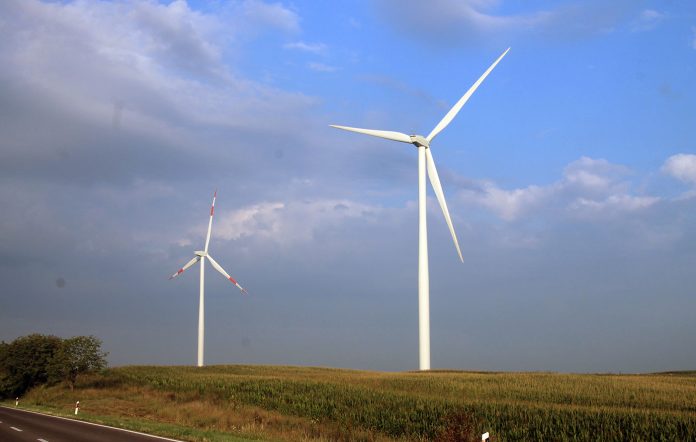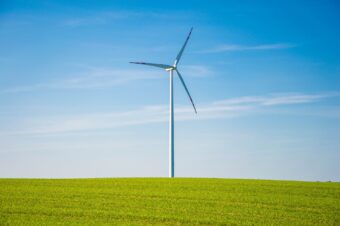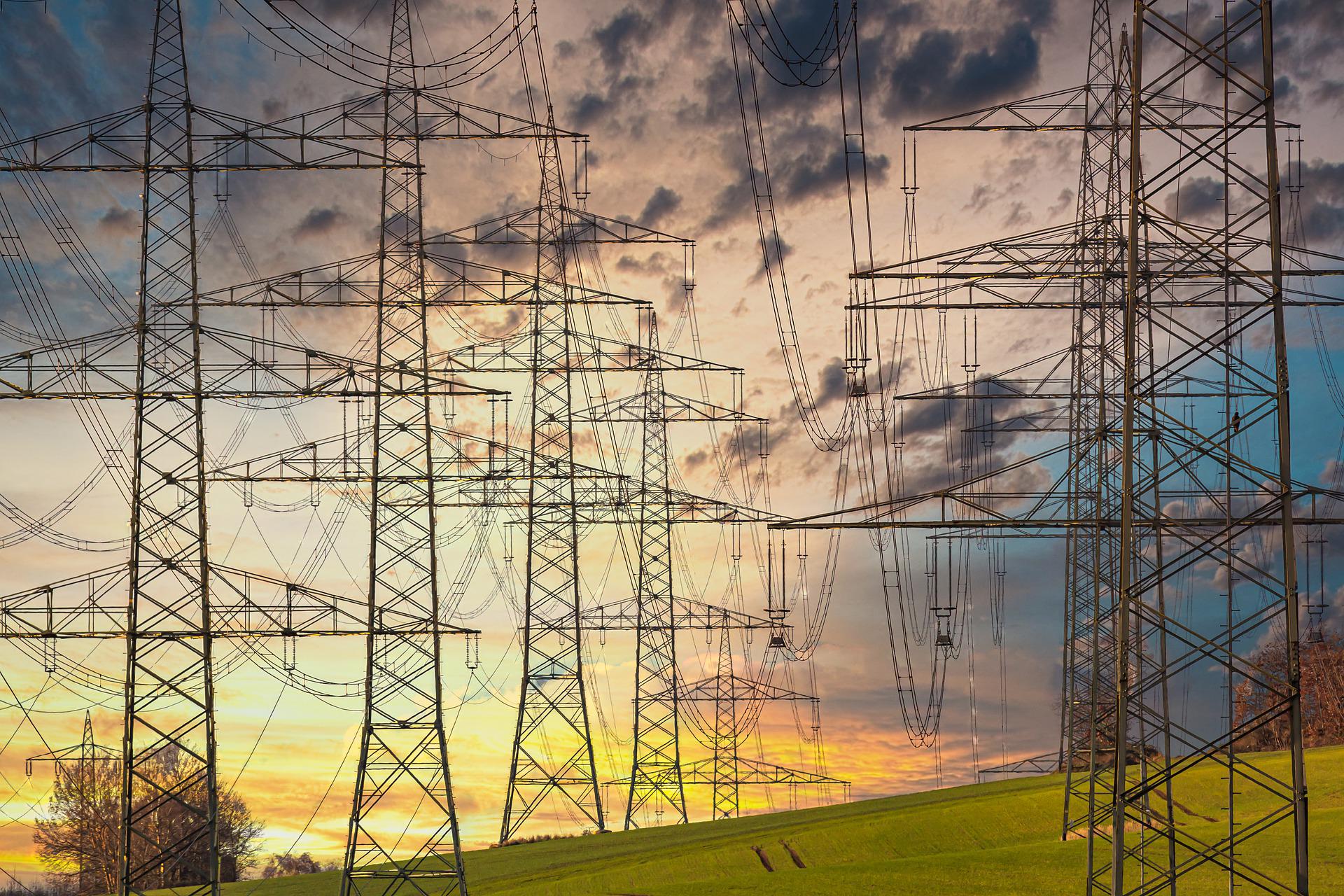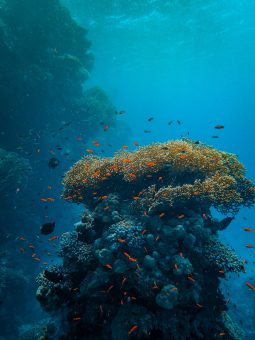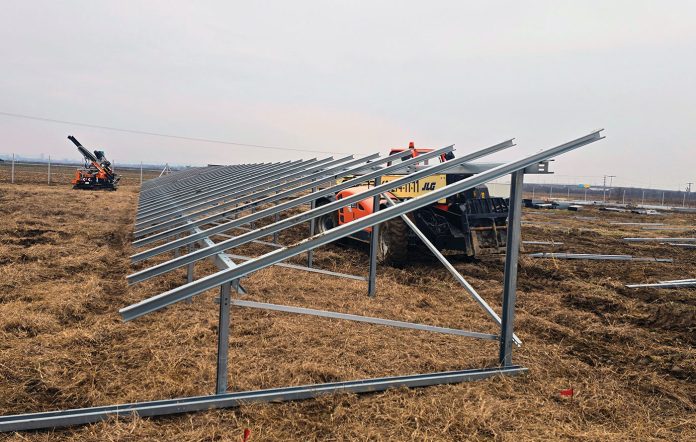The Congo River Basin, one of the world’s most important ecosystems, is the focus of a new $15 million initiative aimed at promoting sustainable investment while preserving the region’s vast natural resources. The initiative, jointly launched by the United Nations Capital Development Fund (UNCDF), the United Nations Environment Programme (UNEP), and the Central African Forest Initiative (CAFI), seeks to attract additional public and private sector funding, with a total planned investment of 30 million dollars, according to UNEP.
Support will be provided through the Pro-Congo program to micro, small, and medium-sized enterprises (MSMEs) operating in green sectors that do not depend on deforestation. The focus is on developing business models that contribute to emissions reduction, forest conservation, and the transition to a sustainable and climate-resilient economy.
Although the Congo Basin is the world’s second-largest tropical rainforest and plays a vital role in combating climate change, investments in its protection lag significantly behind those in the Amazon and Southeast Asia.
More:
- Record-Breaking Barrier Removal in Europe 2024 – 2,900 km of Rivers Restored to Natural Flow
- Social Media as a Tool for Monitoring Species in the Era of Climate Change
- DR Congo Plans to Protect 550,000 Square Kilometers of the World’s Largest Remaining Tropical Forest
The initiative covers four countries—Cameroon, the Democratic Republic of the Congo, Gabon, and the Republic of the Congo—and aims to empower local businesses and encourage new investments while safeguarding natural ecosystems.
As outlined in the plan, UNCDF will provide 6.2 million dollars in concessional finance, including loans and grants, while UNEP will offer technical assistance, capacity building, and support for the development of sustainable business models.
Pro-Congo is backed by the CAFI donor coalition, which includes countries such as Germany, France, Norway, Sweden, Belgium, the Republic of Korea, the United Kingdom, and others, as well as six regional partner countries.
By combining financial and technical assistance, the program aims to create a healthy investment ecosystem for green initiatives—supporting long-term development, biodiversity preservation, and the economic empowerment of communities across the Congo Basin.
Energy portal




